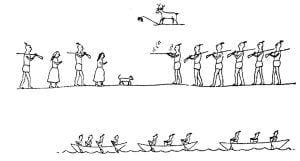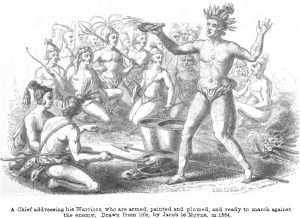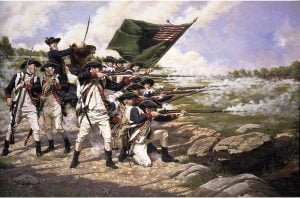Natchez, Mobilians, Chatots, Thomez and Tensas
In 1718, the French West India Company sent, from Rochelle, eight hundred colonists to Louisiana. Among them was a Frenchman of intelligence and high standing, named Le Page Du Pratz, who was appointed superintendent of the public plantations. After a residence of sixteen years in this country, he returned to France, and published an interesting work upon Louisiana. 1721: Du Pratz was often at Mobile, and about the period found living, in that vicinity, a few small tribes of Indians, whom we will now describe. The Chatots were a very small tribe, who composed a town of forty huts, adjoining … Read more





